-
-
Services
Reservation Services
VIP Services
-
Business Travel
-
About Iran
History of Khuzestan and Ahvaz
Khuzestan, located in southwestern Iran, is one of the country’s most historically and culturally rich provinces. Known as the birthplace of ancient civilizations like Elam, it has been a center of trade, agriculture, and culture for millennia. Ahvaz, the provincial capital, lies along the Karun River and serves as a modern hub blending industrial growth with historical heritage.
Cultural and Historical Attractions
Khuzestan is home to numerous ancient and historic sites. In Shushtar, visitors can explore the UNESCO-listed hydraulic system with ancient dams, canals, and mills. Shush (Susa) houses the Tomb of Daniel, the ancient ziggurat of Chogha Zanbil, and other archaeological treasures. Cities like Abadan and Khorramshahr showcase historical architecture and the legacy of the oil industry, while Dezful and Andimeshk offer bridges, traditional bazaars, and cultural landmarks.
Natural Beauty and Tourism
The province also features diverse natural landscapes, including the Karun River, lush wetlands, and date palm groves. Visitors can enjoy boating along the river in Ahvaz, explore historic villages, and experience local cuisine and traditions. Khuzestan combines ancient history, vibrant cities, and unique natural scenery, making it a captivating destination for tourists seeking both culture and adventure.
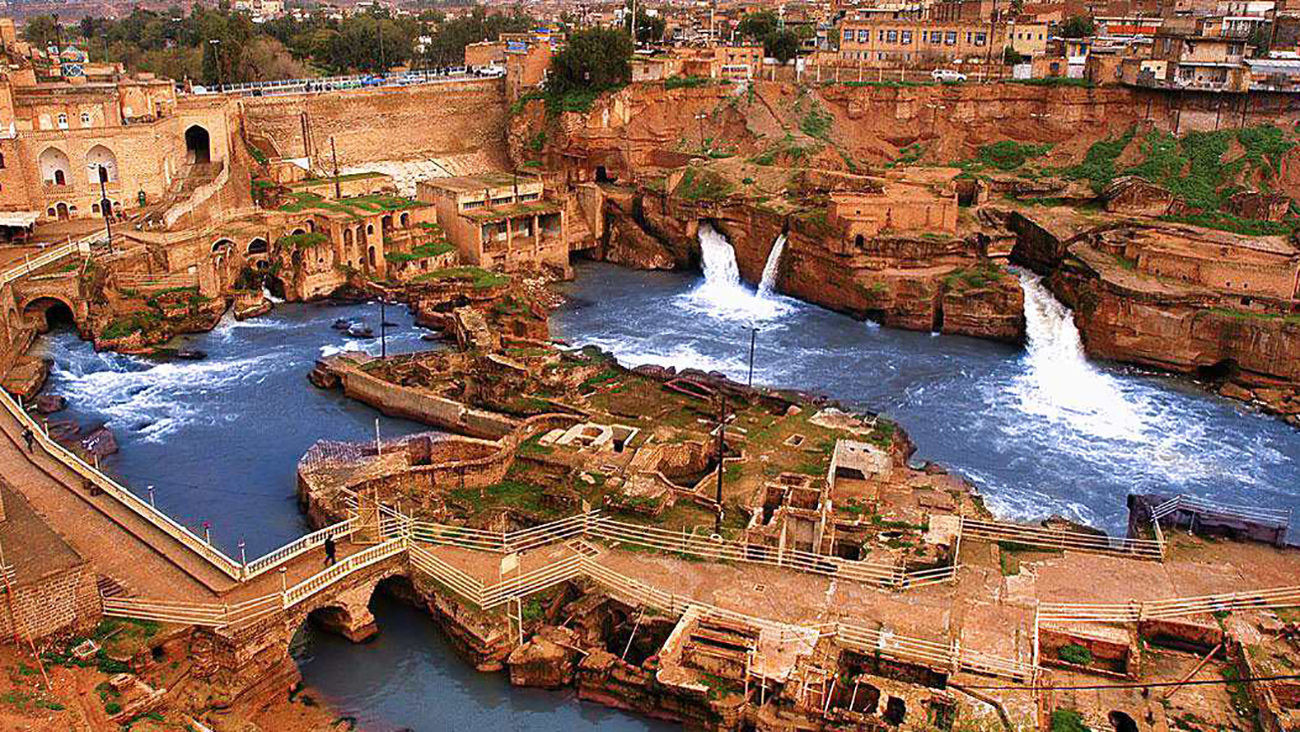
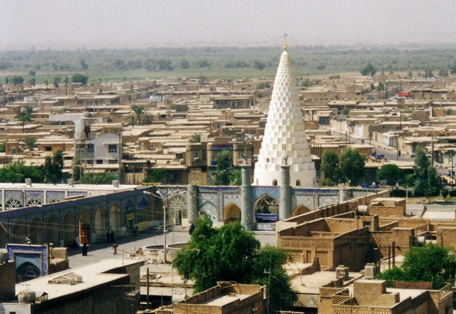
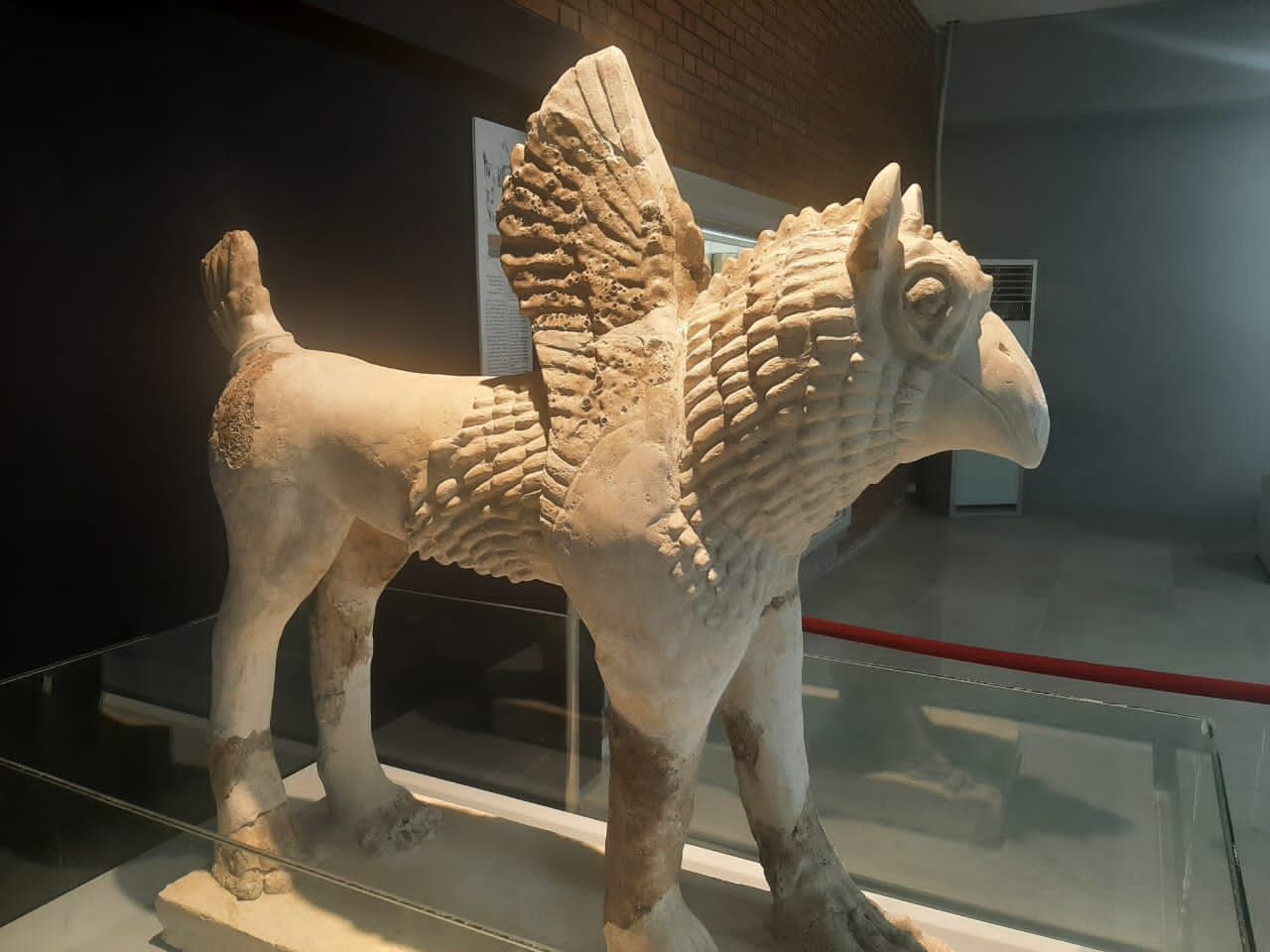
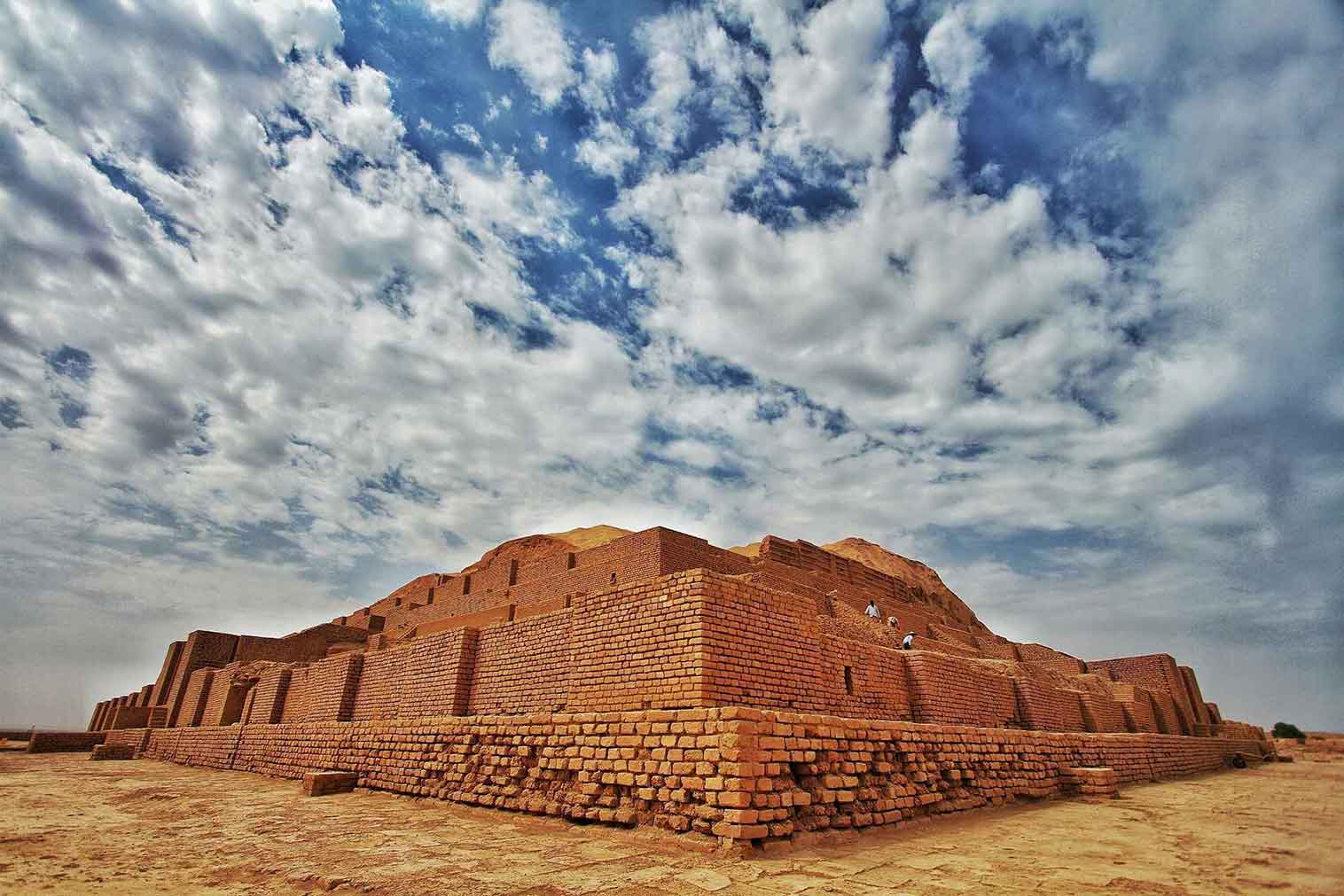
Chogha Zanbil, located near Shush in Khuzestan, is an ancient Elamite ziggurat and one of the few remaining ziggurats outside Mesopotamia. Built around 1250 BCE, it served as a religious center dedicated to the god Inshushinak. The massive mud-brick structure, with its terraced design and surrounding temples, showcases the architectural and cultural achievements of the Elamite civilization. Visitors can explore the site, admire the ancient construction techniques, and experience a remarkable piece of Iran’s ancient heritage.

Tomb of Daniel (Daniyal Nabi), located in Shush, Khuzestan, is believed to be the burial place of the biblical prophet Daniel. The site features a historic tower-like structure with a domed roof and combines Islamic and local architectural styles. Visitors come to pay their respects, explore the surrounding ancient city of Susa, and learn about the historical and religious significance of Daniel, making it an important cultural and spiritual landmark in the region.
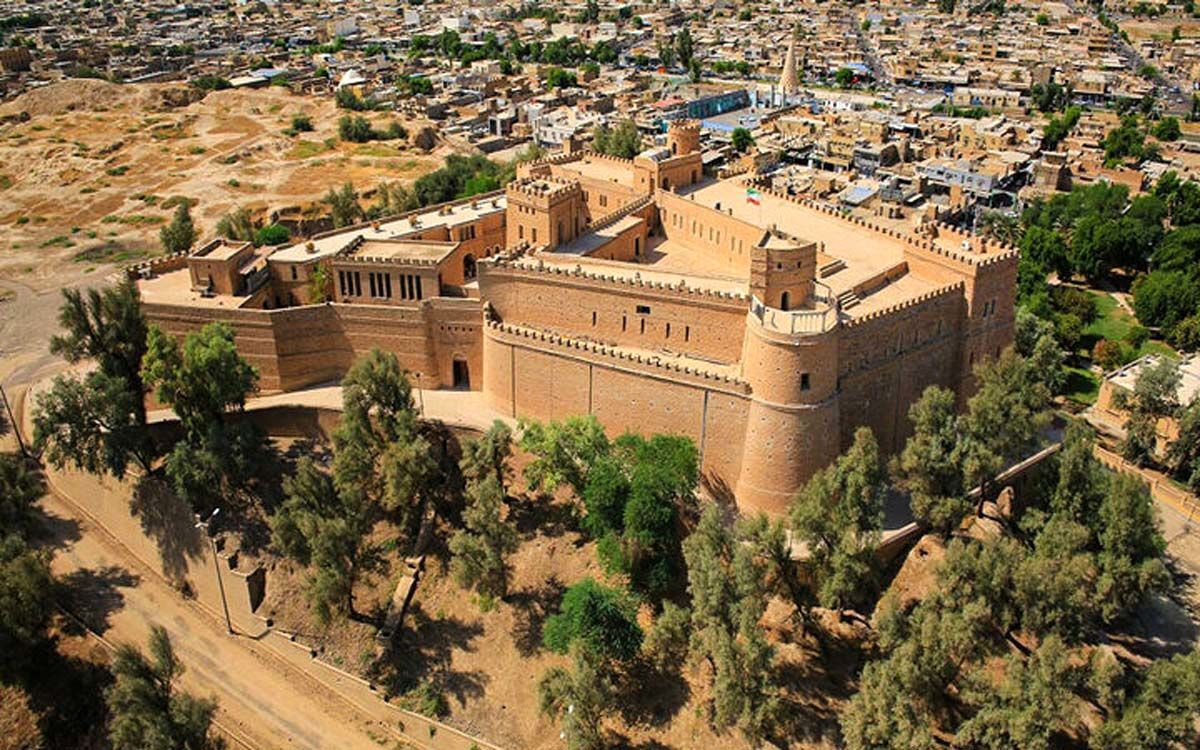
Shush Acropolis (Tell of Shush), located in Shush, Khuzestan, is an ancient archaeological site that served as a central hub for the Elamite, Achaemenid, and later civilizations. The site includes remnants of palaces, temples, and fortifications that reveal thousands of years of urban and political history. Visitors can explore the ruins, learn about the rich heritage of Susa, and witness the strategic importance of this historic city in ancient Persia.

Haft Tappeh Museum, located near Shush in Khuzestan, is dedicated to the preservation and display of artifacts from the ancient Elamite civilization. The museum houses pottery, tools, inscriptions, and other archaeological finds unearthed from nearby excavations, including the Haft Tappeh archaeological site. Visitors can explore the exhibits to gain insights into early urban life, culture, and the historical significance of the region, making it an important destination for history and archaeology enthusiasts.

Shushtar Historical Hydraulic System, located in Shushtar, Khuzestan, is a UNESCO World Heritage Site featuring an intricate network of dams, canals, tunnels, and watermills dating back to the Sassanid era. This ingenious engineering marvel was designed to provide irrigation, water supply, and power for the city, showcasing the advanced knowledge of ancient Persian engineers. Visitors can explore the historic structures, walk along the canals, and admire the combination of functionality, architecture, and historical significance of this remarkable site.
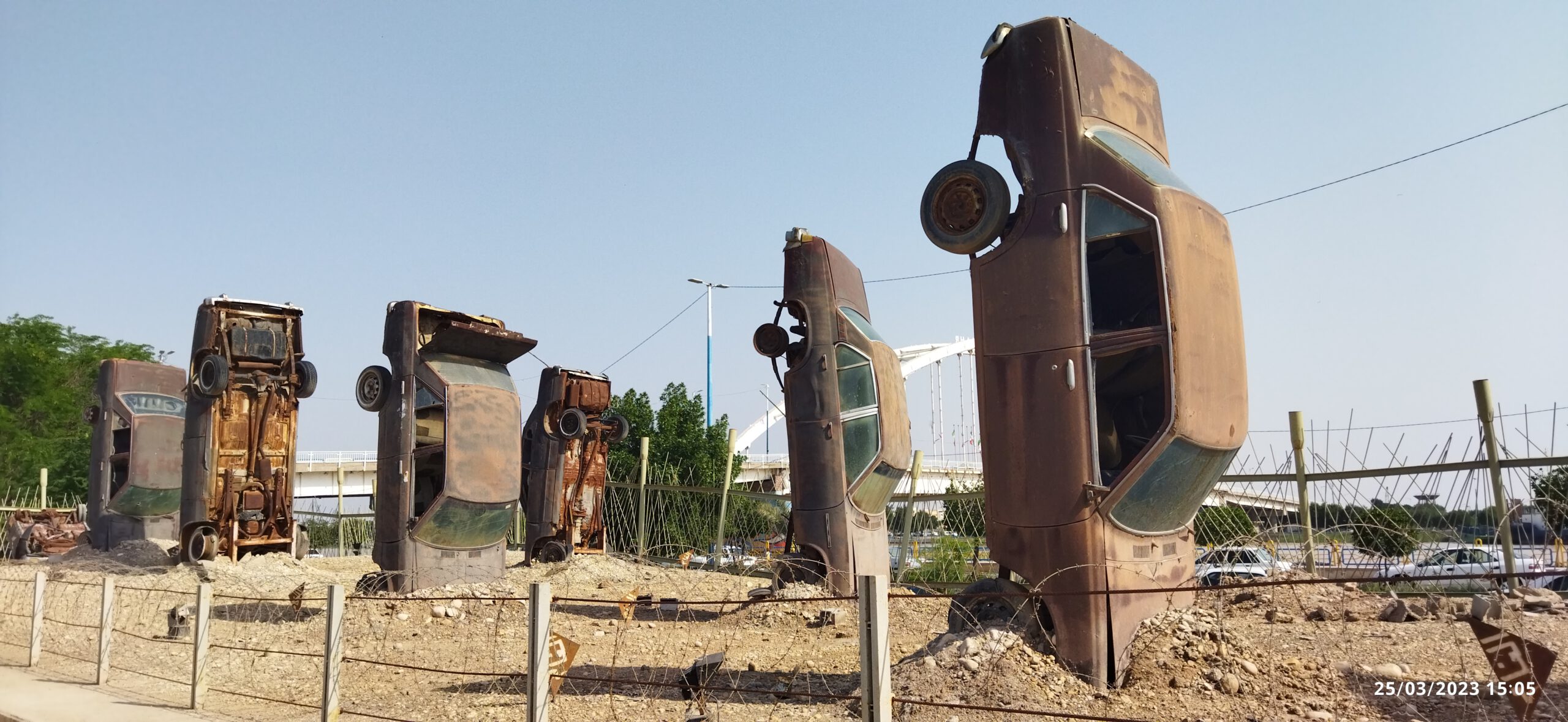
Khorramshahr War Museum, located in Khorramshahr, Khuzestan, commemorates the Iran-Iraq War (1980–1988) and the city’s pivotal role during the conflict. The museum displays military equipment, photographs, documents, and personal belongings of soldiers, offering visitors a deep understanding of the war’s history and the resilience of the people of Khorramshahr. It serves as both a memorial and an educational site, attracting history enthusiasts and those interested in Iran’s modern heritage.
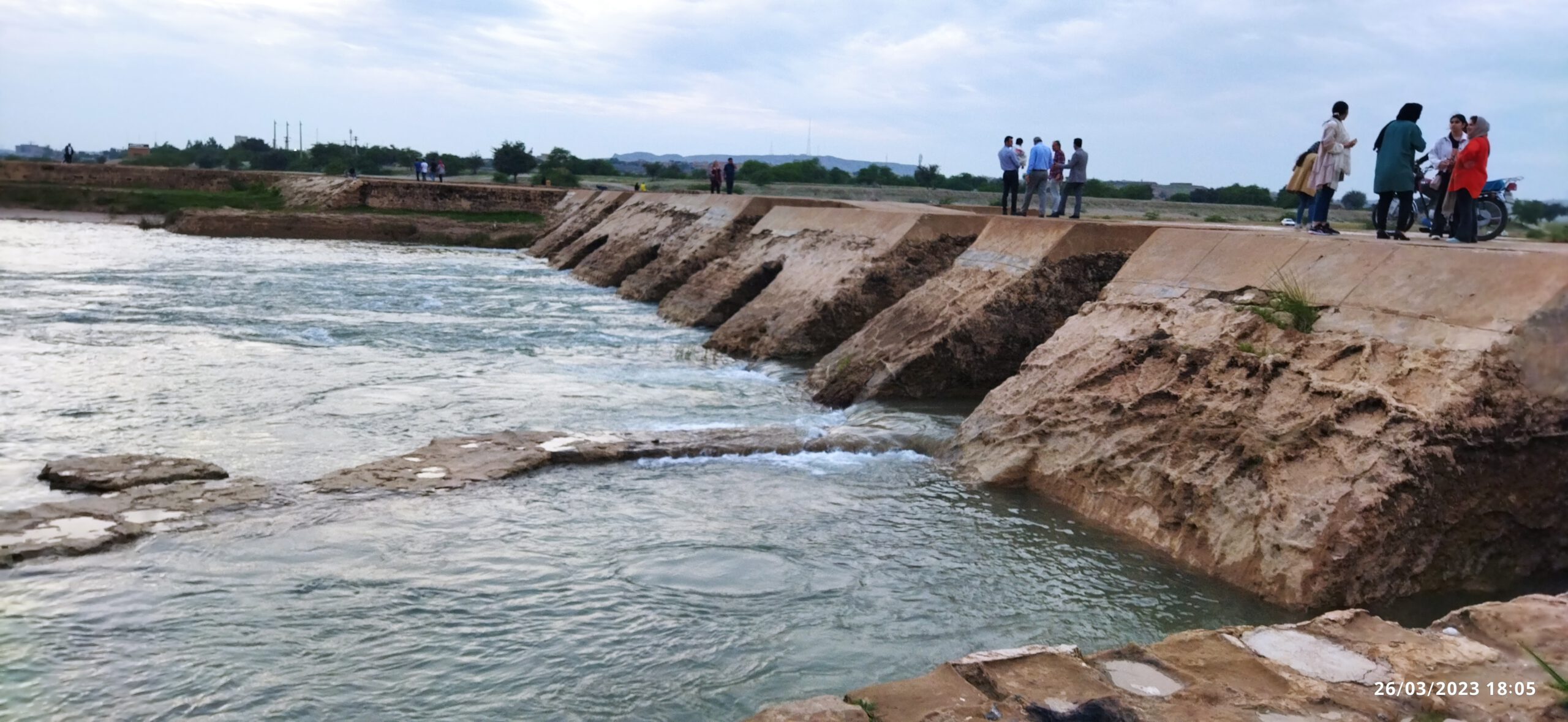
Mizan Dam (Band-e Mizan), located in Ahvaz, Khuzestan, is a historic dam on the Karun River that has played a crucial role in water management and irrigation for the region. Built during the early 20th century, the dam features impressive engineering and serves as both a functional structure and a scenic spot. Visitors can enjoy riverside walks, panoramic views, and learn about its historical and practical significance in supporting agriculture and urban life in Ahvaz.
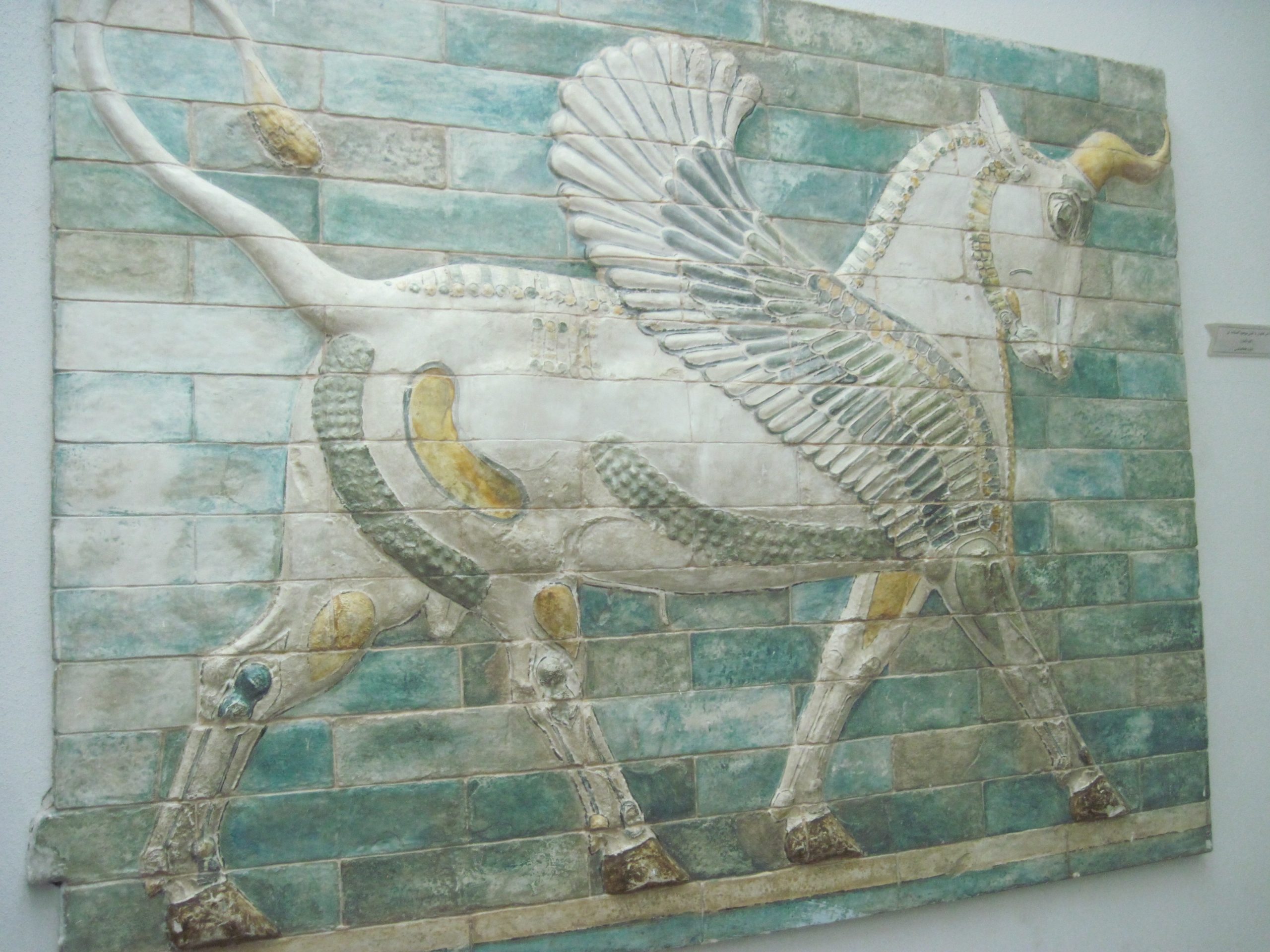
Shush Museum, located in Shush, Khuzestan, is dedicated to the preservation and display of artifacts from the ancient city of Susa and surrounding Elamite sites. The museum houses pottery, tools, inscriptions, and relics from archaeological excavations, providing visitors with insights into early civilizations of southwestern Iran. Exploring the exhibits allows tourists to understand the rich cultural and historical heritage of the region, making Shush Museum a key destination for history enthusiasts.
+989301903026
+982166126539
Info@Rosha.Travel
Saturday - Thursday 09 Am – 05 Pm
Iran, Tehran, End of Keshavarz Blvd, Corner of Ghajar Alley, North Jamalzadeh St, No. 528, Unit 4, 2nd Floor